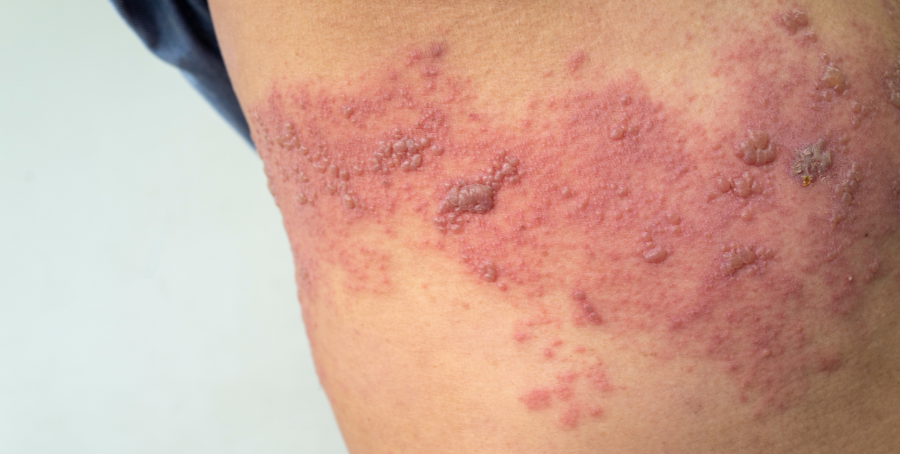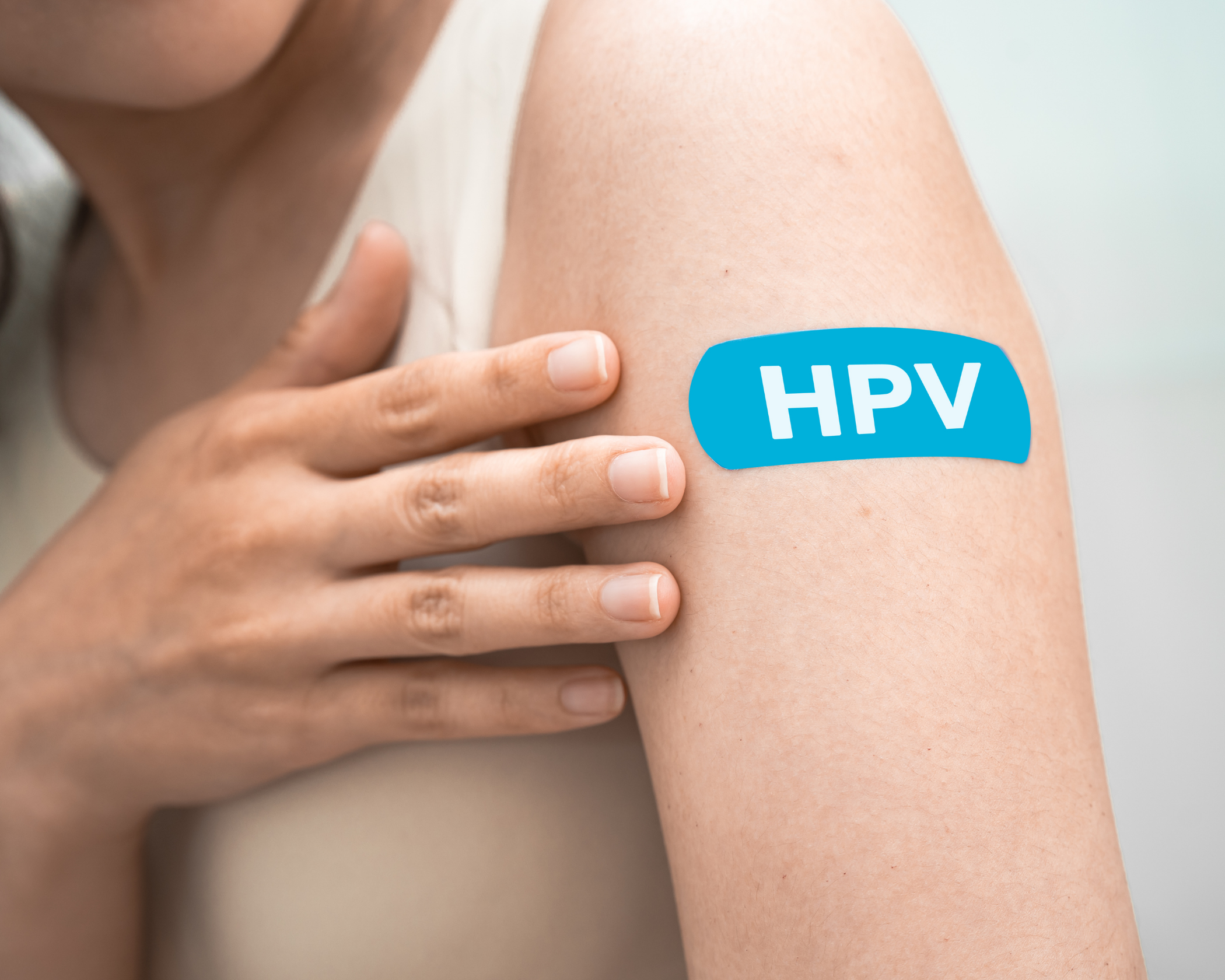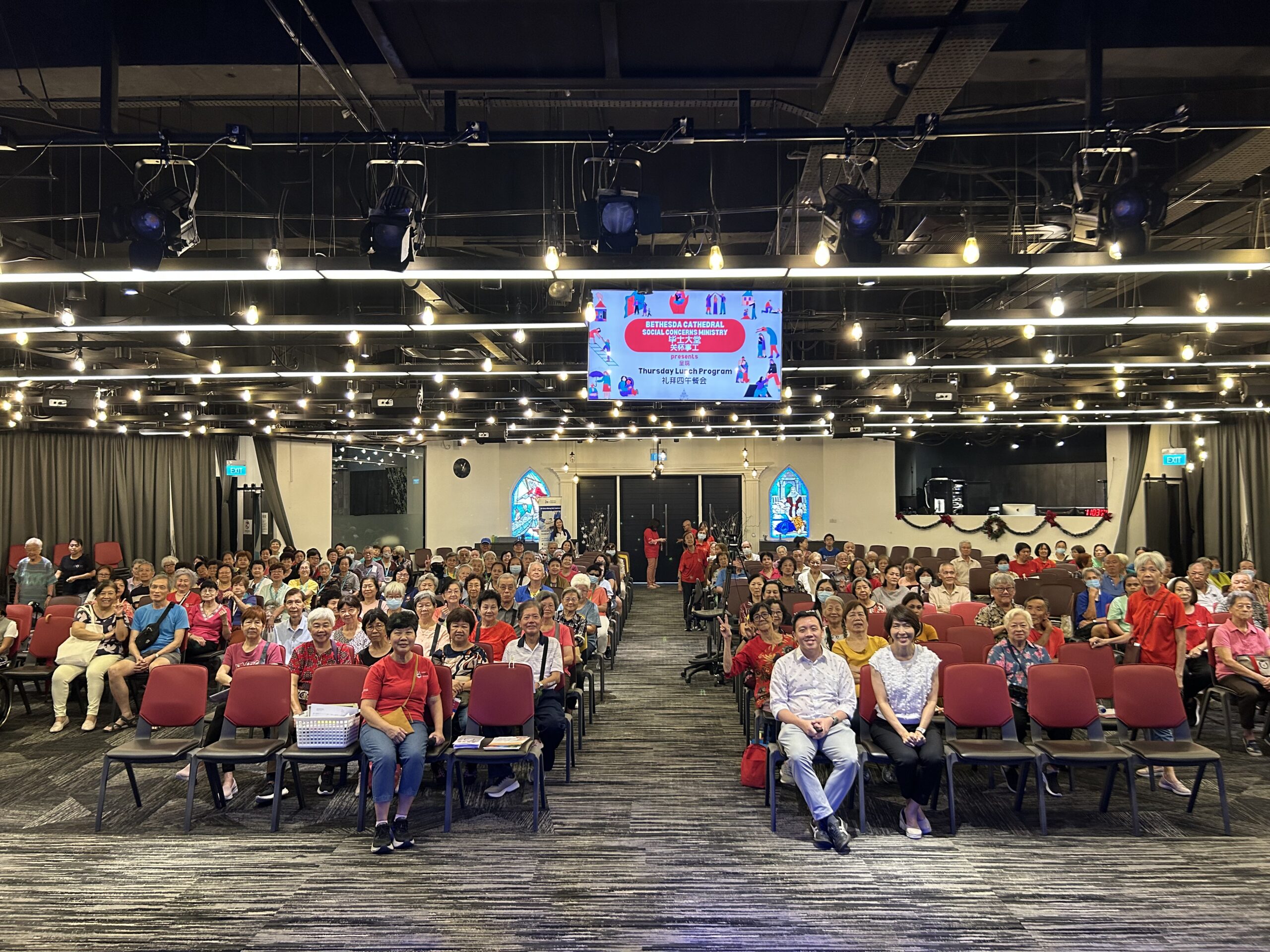
CONTENTS
Have you or someone you love been struck by an itchy, painful rash in a band on one side of the body? If so, you might be dealing with shingles – a common condition in adults, especially over the age of 50.
In this article, we break down the shingles duration, shingles stages, and what to expect during shingles recovery. You’ll also learn about common shingles symptoms, how to get the right shingles treatment, and when you should seek medical attention – especially if you’re in Singapore and looking for professional care.
What are Shingles?
Shingles, also known as Herpes Zoster, is a viral infection caused by the reactivation of the varicella-zoster virus – the same virus responsible for chickenpox. After a person recovers from chickenpox, the virus lies dormant in the nervous system and can reactivate years later, especially when immunity is weakened.
When reactivated, shingles cause a painful rash, often with burning or tingling sensations. It typically appears on one side of the body or face and can last for several weeks.
How Long Does Shingles Last?
The typical shingles duration is about 2 to 6 weeks, but this can vary depending on age, overall health, and how early shingles treatment is started.
The course of shingles can be broken down into three main stages, each with its own set of symptoms and timelines.
Shingles Stages and Timeline
1. Prodromal Phase (1 to 5 days)
This is the early warning stage, before the rash appears. Common symptoms include:
- Burning, tingling, or itching in a localised area
- Sensitivity to touch
- Mild flu-like symptoms (headache, fatigue, fever)
These early shingles symptoms can be misleading and often mistaken for muscle strain or other conditions.
2. Active Rash Phase (7 to 10 days)
This is when the shingles rash begins:
- Red patches turn into fluid-filled blisters
- Blisters group together along a nerve path
- Severe pain or a burning sensation is common
Blisters will eventually burst and crust over. This phase is typically the most painful and visible.
3. Healing Phase (2 to 4 weeks)
During this stage:
- Blisters scab and fall off
- Skin begins to heal
- Pain may persist but gradually decreases
Although the visible rash may fade, some people experience lingering nerve pain – a complication known as postherpetic neuralgia (PHN), which can extend the overall shingles recovery period.
What Affects Shingles Duration?
While the average case lasts between 2 and 6 weeks, certain factors can prolong or shorten the duration of shingles:
-
Early Treatment
Starting antiviral medications (like acyclovir or valacyclovir) within 72 hours of the rash appearing can significantly shorten the course of the illness and reduce complications.
-
Age
Older adults tend to experience more severe symptoms and a longer recovery time.
-
Immune System Strength
Those with compromised immunity (e.g., cancer patients, diabetics, or those under stress) may have prolonged symptoms.
-
Location of Rash
Shingles that affect the face or eyes (called Herpes Zoster Ophthalmicus) may have more serious consequences and a longer shingles recovery period.
Common Shingles Symptoms
Recognizing shingles symptoms early is key to quick diagnosis and effective shingles treatment. Common signs include:
- Tingling, burning, or stabbing pain (often one-sided)
- Red patches that turn into blisters
- Fever and chills
- Headache
- Upset stomach or fatigue
- Sensitivity to light or touch
In some cases, the pain starts days before the rash appears, which can make diagnosis tricky.
Complications That Can Extend Shingles Recovery
Most people recover fully, but certain shingles complications can lead to longer recovery times:
1. Postherpetic Neuralgia (PHN)
Up to 20% of people – especially older adults – may develop PHN, a condition where nerve pain persists months or even years after the rash clears. It’s the most common long-term complication of shingles.
2. Eye Complications
Shingles near or in the eye can cause vision problems, scarring, or even blindness if left untreated.
3. Secondary Infections
Scratching blisters can lead to bacterial skin infections, slowing healing and increasing scarring.
When Should You See a Doctor?
If you suspect you have shingles, it’s important to consult a GP immediately, especially if:
- The rash is near your eyes or forehead
- You’re experiencing intense pain
- You have a weakened immune system
- You’re over 50
- The rash spreads or gets infected
Our doctors at DR+ Medical & Paincare GP Clinics can provide early diagnosis, antiviral prescriptions, and pain management to reduce the severity and duration of shingles.
Shingles Treatment Options
While there is no cure for shingles, early and proper shingles treatment can:
- Shorten illness duration
- Reduce pain and discomfort
- Prevent complications
Medications
- Antiviral drugs – most effective if taken within 72 hours of symptoms to help speed up recovery and ease symptoms
- Painkillers – from paracetamol to prescription nerve pain medications
- Topical creams – to soothe itching and skin irritation
- Antibiotics – if secondary infection occurs
Self-Care at Home
- Keep rash clean and dry
- Apply cold compresses
- Avoid scratching or bursting blisters
- Rest and manage stress
Preventing Shingles: Is There a Vaccine?

Yes! Vaccination is the most effective way to prevent shingles and reduce the risk of complications like PHN.
In Singapore, two main vaccines are available:
- Shingrix (non-live vaccine) – highly effective, recommended for adults 50 and older
- Zostavax (live vaccine) – older version, less commonly used today
If you’re over 50 or have chronic conditions, speak to your GP about getting vaccinated.
How to Speed Up Shingles Recovery
To promote faster shingles recovery, follow these tips:
- Start antiviral treatment early
- Rest and hydrate
- Manage pain with prescribed meds
- Avoid stress – it can weaken your immune system
- Eat a balanced diet rich in vitamin B12 and zinc
Conclusion: Don’t Wait – Treat Shingles Early
To recap, the average shingles duration is between 2 and 6 weeks, but early action can make a big difference. Understanding the shingles stages, recognizing shingles symptoms, and starting shingles treatment promptly can greatly reduce discomfort and complications.
If you’re in Singapore and suspect you have shingles, don’t delay. Visit a trusted GP clinic for fast diagnosis and care. And if you’re over 50, consider getting the shingles vaccine – it’s a safe and effective way to lower your risk of getting shingles or developing severe symptoms.
The earlier you act, the better your chances of faster recovery and lasting protection.



